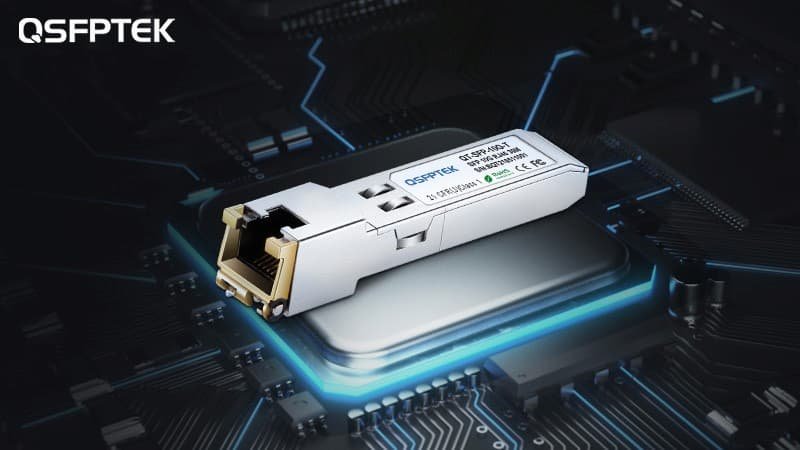Table of Contents
Introduction: What is 10GBASE-T and What are its Applications?
10GBASE-T is a type of twisted-pair Gigabit Ethernet, which is the most widely deployed twisted-pair copper data transmission standard. The 10GBASE-T standard defines transmitting data over Category 6A or better-twisted pair wiring. It was developed to provide a 10-gigabit data rate over the same copper cabling used by traditional Ethernet. 10GBASE-T has been designed to be backward compatible with the 1000BASE-T and 100BASE-TX standards.
10GBASE-T is mainly used for high-speed data transmission for both local area networks and wide area networks. It can provide up to 10 Gbit/s of bandwidth in each direction. It has many applications in networking, such as Gigabit Ethernet, Fiber Channel over Ethernet (FCoE), Internet Protocol version 6 (IPv6), and 10 Gigabit Ethernet. 10GBASE-T was designed to make it easier for network administrators to install and maintain Ethernet networks by using existing cabling infrastructure. It can be used in both commercial and residential settings, such as offices and homes, where there is an existing Category 6A or better-twisted pair wiring infrastructure.
What are the Advantages of 10GBase-T?
10GBASE-T provides 10 gigabits per second at distances up to 100 meters (330 feet) over category 6 unshielded twisted pair wiring, or up to 55 meters (180 feet) over category 5e or above unshielded twisted pair wiring.
Some of the advantages of 10GBase-T are:
- The bandwidth is increased from 1Gbps to 10Gbps, which will be more than enough for the foreseeable future.
- It has less crosstalk interference than the other Ethernet types, which means it can reach greater distances without signal degradation.
- It has faster speeds and lower latency than other options, making it ideal for data centers or offices that need high-performance networks with low latency times.
- Copper cables are cheaper to install in some cases and easier to manage.
- 10GBase-T supports auto negotiation, so it can detect if a device can support its transmission speed or not.
What are the Disadvantages of 10GBase-T?
10GBase-T is the most popular and widely used Ethernet standard for data communication. It is a copper-based, high-speed network technology that has been designed to provide 10Gbit/s of data transmission rates over twisted pair cables.
However, there are some disadvantages of this technology. One major disadvantage of 10GBase-T is that it requires a higher power consumption. Secondly, it has a limited range which means that it can only be used in short distances. Thirdly, 10GBase-T only uses copper cables, which can be slower than optical transceivers and fiber optic cables such as SFP-10G-SR and SFP-10G-LR.
How to Choose a 10GBASE-T Cable?
A 10GBASE-T cable is a 10 Gigabit Ethernet (10 GbE) twisted-pair copper cable. It has RJ-45 connectors on both ends. The max transmission distance of the 10GBASE-T copper transceiver is 100 meters over Cat6A. 10GBASE-T can also work with Cat6, however the supported transmission distance is slower than Cat6A. The 10GBASE-T SFP+ transceiver supports a link length of up to 55 meters only over Cat6.
Conclusion: The Importance of Choosing the Correct Ethernet Cable Type for Your Home Network
Ethernet cables are often the forgotten link in a home network. They provide the connection between all of your devices and your router. When you are setting up a home network, it is important to choose the correct type of Ethernet cable. This will ensure that your network is running at its full potential. If you are confused about choosing Ethernet cables and SFP transceivers for your home network or data center.
Read also: Importance Of The Internet In The Current Era

